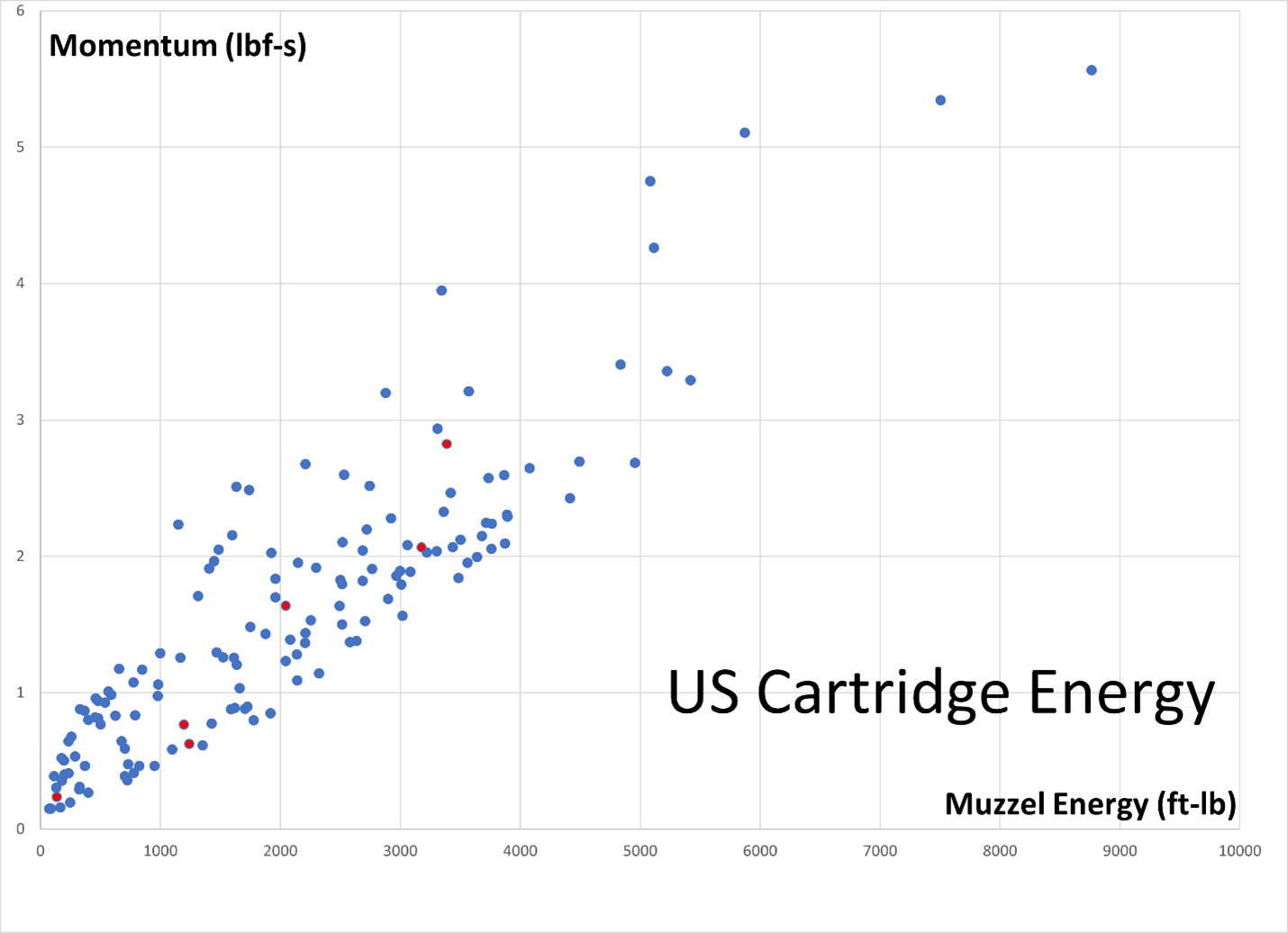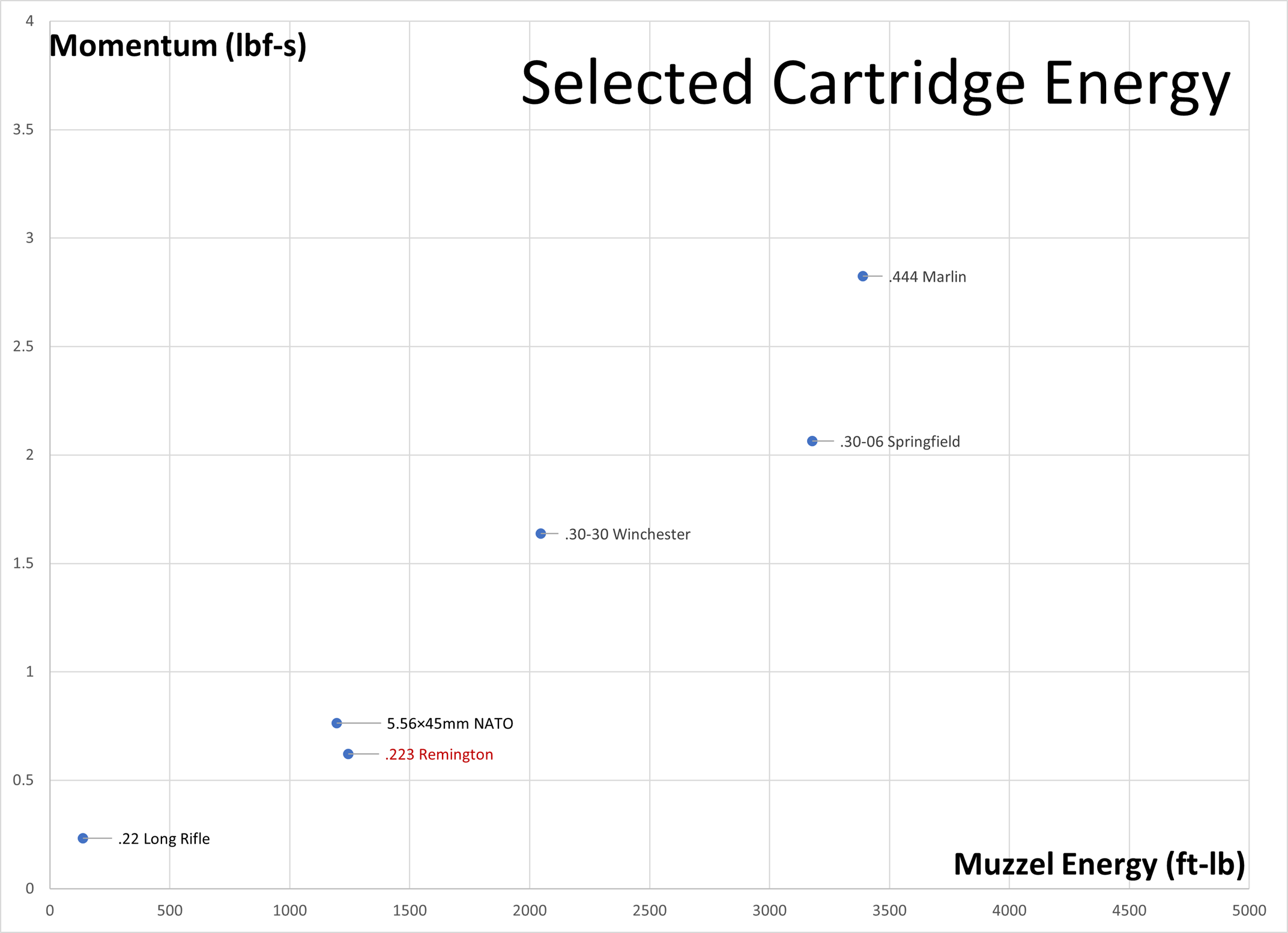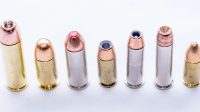To be able to have an effective discussion about gun control and gun rights, we all need a basic understanding and common vocabulary. In this post, I’ll cover the basics you need to know about bullets to be conversant.
Cartridges
We start by using the more precise term of cartridges. Cartridges are used in handguns and rifles. Shotgun shells are similar but slightly different.
An unfired cartridge includes a propellant, the projectile, and the casing. The propellant is gun powder. The amount of gun powder is directly related to the amount of energy that can be imparted into the projectile. The more energy, the more impact and damage.
The projectile has several characteristics that are important to its performance; however, at the most fundamental level, we know that energy is equal to mass times velocity squared. The higher the mass of the projectile, the lower the velocity. The narrative often focuses on the caliber of the projectile – but the real key is the overall energy being used to propel the projectile.
The casing is what is left in the gun after the firing. In semi-automatic weapons, it’s typically automatically ejected, while in revolvers, the casing stays in until ejected.
Damage
The key concern when speaking of bullets is the amount of damage they do to the target. Ultimately, this is the energy in the projectile. If that’s the case, which is more important: mass or velocity? The scientific and mathematical answer is that velocity is more important. However, this ignores the impact of air resistance.
Resistance is a function of the aerodynamic properties of the projectile and, critically, its velocity. Higher velocities for the same projectile result in higher friction and more energy loss over longer distances. That’s why energy is measured at the end of the muzzle. We’re measuring the total energy before resistance. All things being equal, then, a heavier projectile with lower velocity will reduce the energy lost to friction.
The problem is that this ignores the fact that when a projectile leaves the barrel of the gun, it begins to drop. The faster the bullet travels, the more distance it covers before a perceivable drop. This is what is called “point-blank range” – the distance before the bullet begins to drop. To get accuracy over long distances, you must have large velocities to minimize the drop due to the effects of gravity. You also need a minimum velocity at the target to pierce or puncture the target.
In chart 1, you see a scatter plot of US cartridges, where the Y axis is momentum, and the X axis is the energy of the rounds. The initial data comes from Wikipedia’s Table of Handgun and Rifle Cartridges and was filtered to remove entries that didn’t contain both values. The axes were also constrained to exclude exotic rounds.

Chart 1: US Cartridge Energy Scatterplot
The clustering around the center shows that the values are both relative measures of the same potential energy in the cartridge. Chart 2 shows the same data except further constrained to just five types of cartridges:
- .22 Long Range – These are the rounds most frequently used in training people to shoot rifles. They are used in military settings for cadets, but also in community settings, including the Boy Scouts of America.
- .223 Remington – These rounds are used in the controversial AR-15 rifle as well as many other common rifles.
- NATO 5.56x45mm – The military standard round used in the M16 military rifle. These rounds are dimensionally similar to .223 Remington but have a slightly more powerful charge of propellant.
- 30-30 Remington – The round size most frequently equated with the Wild West. The “cowboy” lever-action gun most frequently seen in movies.
- 30-06 – A common deer hunting caliber.
- .444 Marlin – A higher energy round used for hunting larger game.
These are marked in red in Chart 1 for reference.

Chart 2: Select Cartridge Scatterplot
Deadly
A common question is what amount of energy is necessary to make a gunshot lethal. The answer depends upon what animal we’re talking about. Small game, smaller than a coyote, can be killed by a .22 Long Rifle round – but only with a good shot. The .444 Marlin is capable of stopping a charging bear.
When we’re talking about human fatalities, the answer is that every cartridge included in the second chart is technically capable of inflicting a mortal wound. The probability of a fatality increases as we move towards the upper-right corner of the graph. However, there are no simple answers.


No comment yet, add your voice below!